According to a 2016 study by the Pew Research Center, Alabama is tied with Mississippi for the most religious state in the country. The most popular religion by far in Alabama is Christianity, particularly Evangelical Protestantism. Alabama is also home to a handful of other Christian denominations, including Catholics, Mainline Protestants and even Eastern Orthodox Christians.
It's no surprise that churches played a big role in our history, culture and way of life. Here are 10 historic churches from each major denomination:
Church of Christ: Rocky Springs Church of Christ (Jackson County)
The first documented congregation of the Church of Christ in Alabama was founded in 1811 near the Antioch community in Jackson County by settler William J. Price. Price had been baptized in Tennessee along with his wife and a slave named Moses.
When Price died, he deeded a piece of property to the church where it presently stands. In 1864, the church building was burned down by federal troops, and it was rebuilt by 1870.
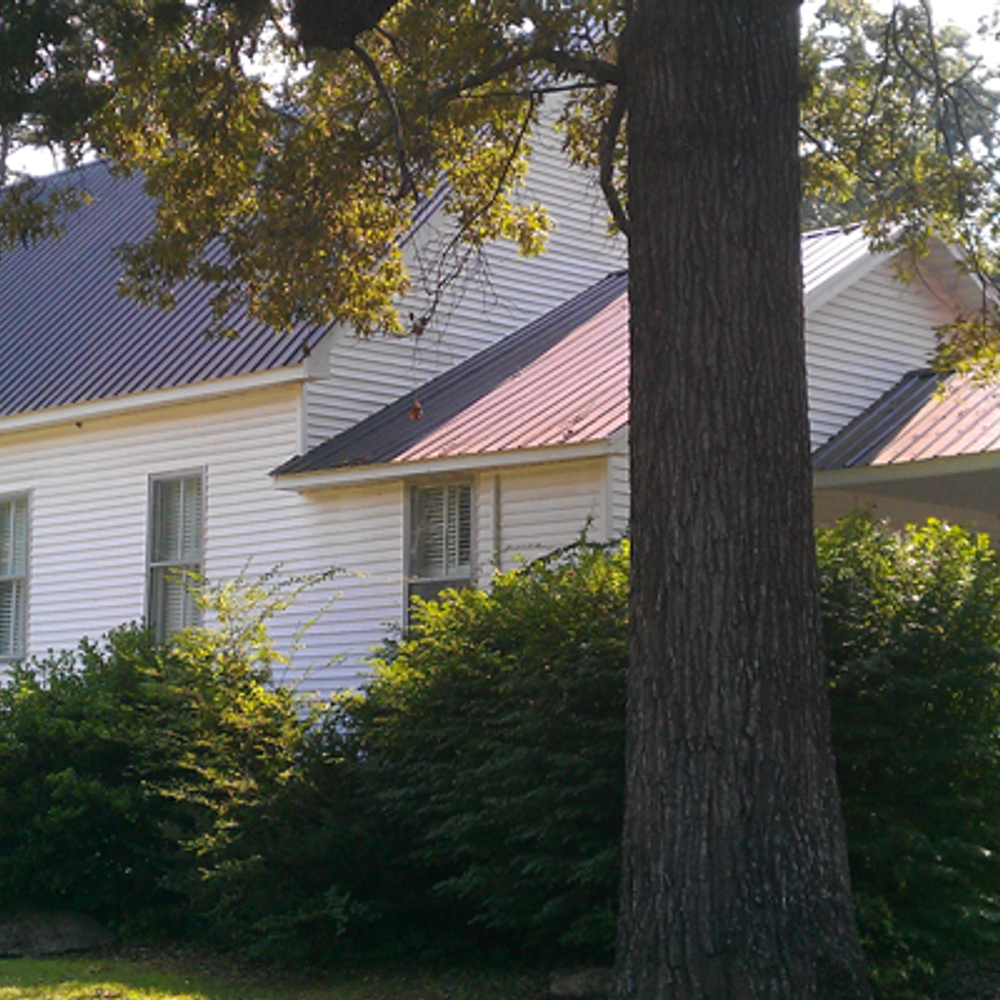
Baptist: Flint River Primitive Baptist Church (Brownsboro)
The congregation of the Flint River Primitive Baptist Church formed 25 years after the end of the American War for Independence when 12 individuals gathered in 1808 at the home of James Deaton, becoming the first Baptist church in what would later become the state of Alabama.
In 1809, a building was constructed near the Maysville community, and an official deed was acquired in 1819, the same year Alabama was incorporated.
Flint River Church joined the Flint River Association of Baptists in the 1810s, which it still belongs to today.
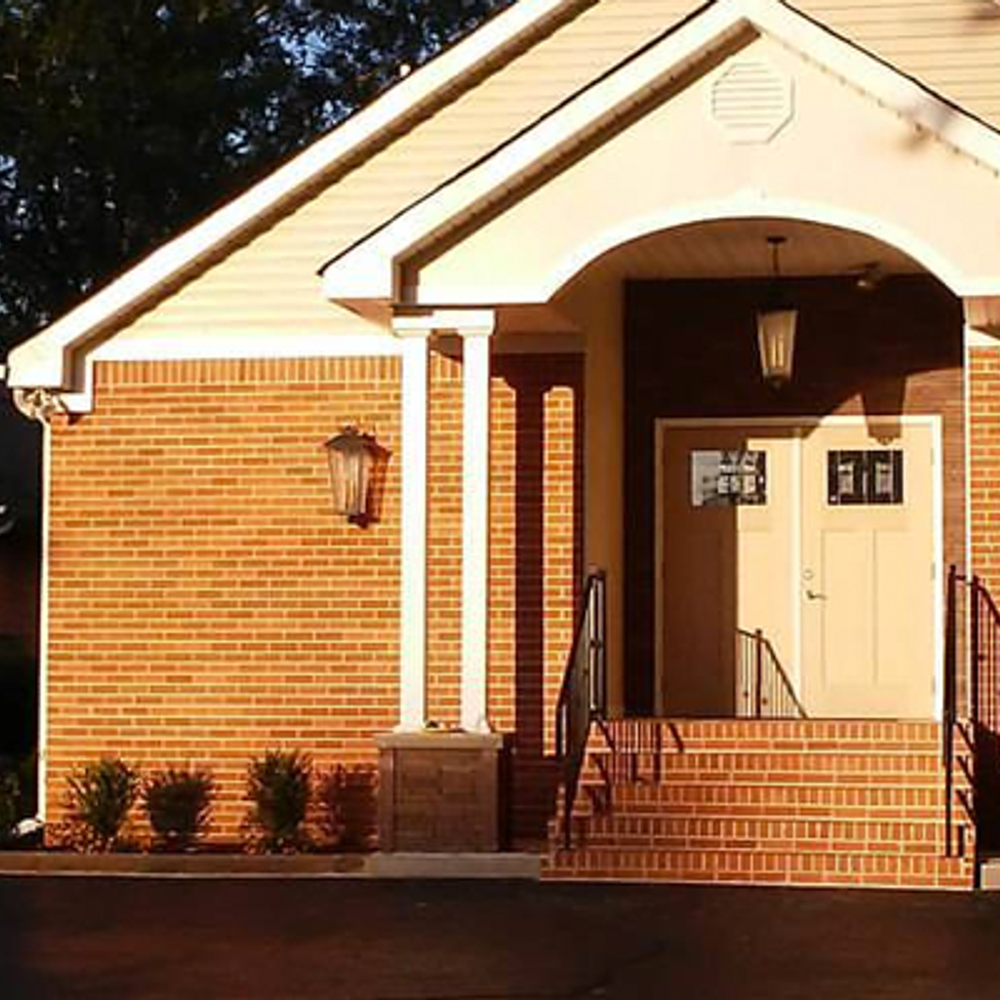
Methodist: Huntsville First Methodist Church (Hunstville)
Methodism was brought to Alabama by traveling ministers such as Lorenzo Dow and Matthew P. Sturdevant. These traveling preachers often gave their sermons outdoors, preaching in the remote parts of the Alabama frontier.
Upon Alabama’s incorporation in 1819, the trustees of the Methodist Episcopal Church began building the First Methodist Church in Huntsville. It was completed in 1821 but was burned down by federal troops during the Civil War. The current building was constructed in 1867 and added to in 1924 and 1956.

Pentecostal: Kimberly Church of God (Kimberly)
The Kimberly Church of God was founded by Martin Scott Haynes. Haynes was hired by the Methodist church in the late 1800s to design buildings for Birmingham-Southern College. He also was hired to design St. Vincent Hospital. Haynes held a revival meeting in a tent at the intersection of Stouts Road and Highway 31 in 1902, where the church still meets today.
In 2014, pastor Stan Cooke told AL.com that the church was the oldest continuing Pentecostal Church in both Alabama and the United States. The church building was damaged by a tornado in 2014.

Presbyterian: Mount Cavalry Presbyterian Church (Pinson)
Mount Cavalry Presbyterian Church was founded in 1806 by a group of men and women of mostly Scotch-Irish heritage and became a member of the Cumberland Presbyterian Church in March 1823. The church burned down in 1925 but was rebuilt shortly after.
Mount Cavalry is now part of the Presbyterian Church of America (PCA), which it joined in 1981.
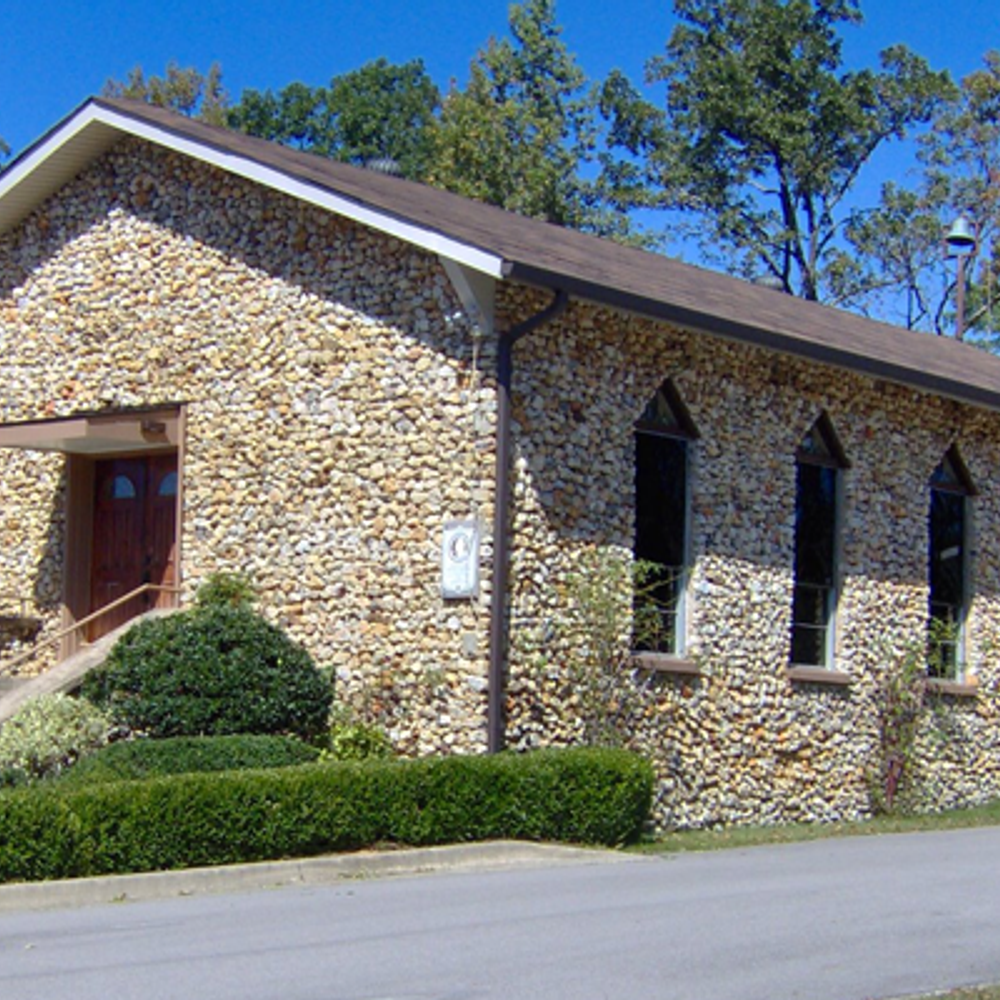
Anglican: St. Bede’s Anglican Church (Birmingham)
Named after the Anglo-Saxon monk and historian The Venerable Bede, St. Bede’s Anglican Church is the oldest continuing Anglican Church in Alabama. It was founded in 1977 by Rev. Canon William Marvin. It is a Parish of the Diocese of the Holy Cross, a non-geographic diocese of the Anglican Catholic Church (ACC).
The ACC was formed in 1977 in response to the Episcopal Church’s revision of the Book of Common Prayer and its decision or ordain women. Since then, other Anglican sects have broken off of the Episcopal Church.
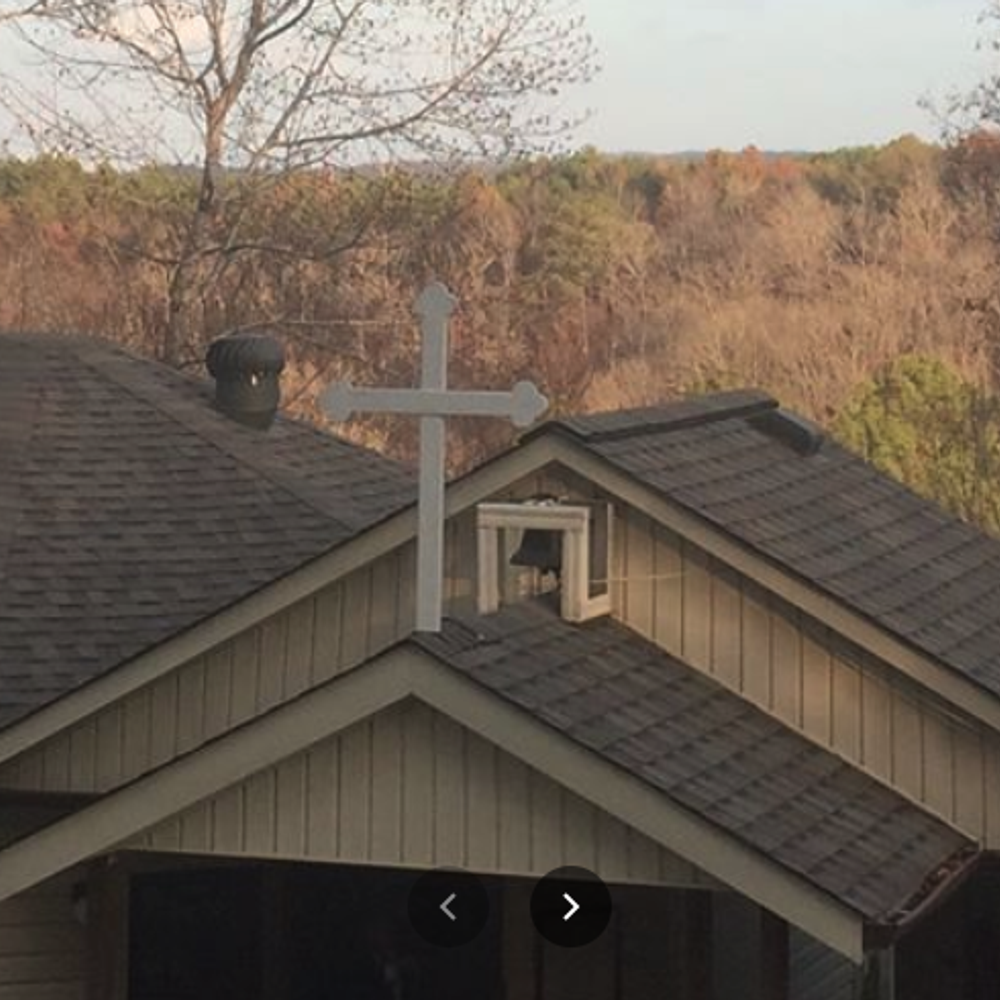
Eastern Orthodox: Holy Trinity-Holy Cross Greek Orthodox Church (Birmingham)
According to the Holy Trinity-Holy Cross Greek Orthodox Cathedral website, the first Greek male immigrant arrived in Birmingham in 1884. He was the first among many. The immigrants formed “The Lord Buron Society” in 1906 to raise money to build a church and purchased a wooden building which became Holy Trinity.
After World War I, the Greek community in Birmingham grew, and an additional Orthodox church on the north side of the town, Holy Cross, was formed. The two consolidated in 1953.
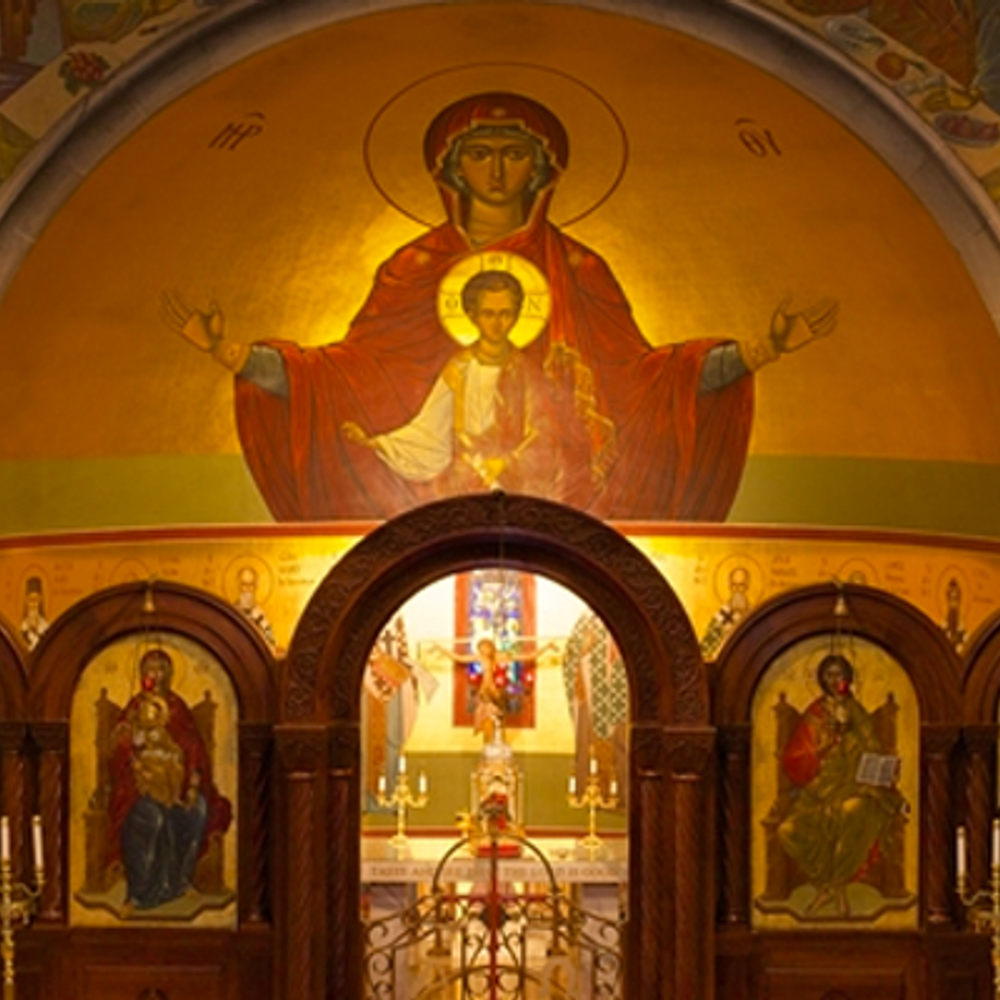
Catholic: Cathedral Basilica of the Immaculate Conception (Mobile)
The Cathedral Parish was established in Mobile in July 1703 during the French occupation of the settlement. In 1711, a new parish church, Our Lady of Mobile, was built, but it was renamed under Spanish occupation to its current name, Immaculate Conception.
The current cathedral was designed in 1833 by Claude Beroujon. Though construction began in 1834, the Panic of 1837 delayed its completion until 1850.
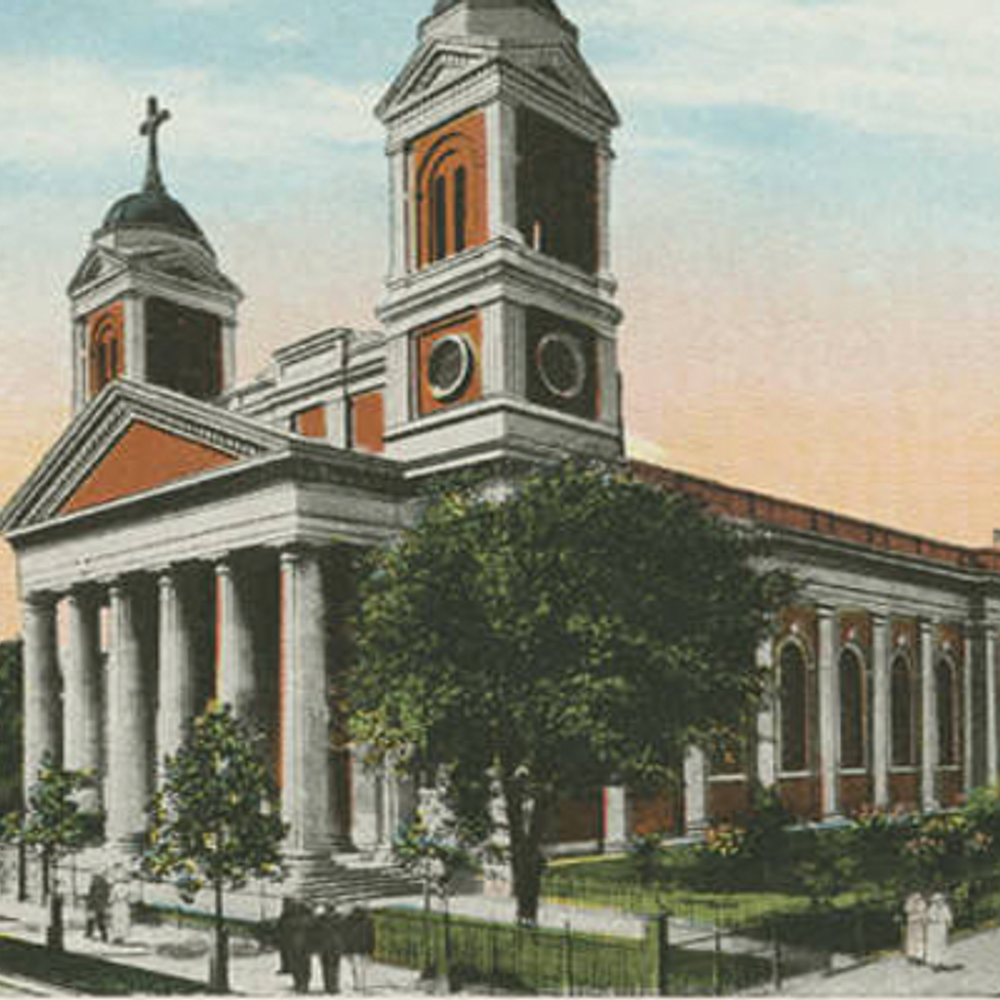
Episcopal: Christ Church Cathedral (Mobile)
The Episcopalian Church branched off from the Church of England during the American War for Independence. In the 1800s, the Episcopalian Church was the church of many of Alabama’s prominent planters and politicians.
Christ Church Cathedral in Mobile is the oldest Episcopal congregation in Alabama. It was established in 1823, and a building was constructed from 1838 to 1840. It was significantly damaged by a hurricane in 1906 but was restored over the years. Its interior features stained Tiffany glass, and a new steeple was recently installed.
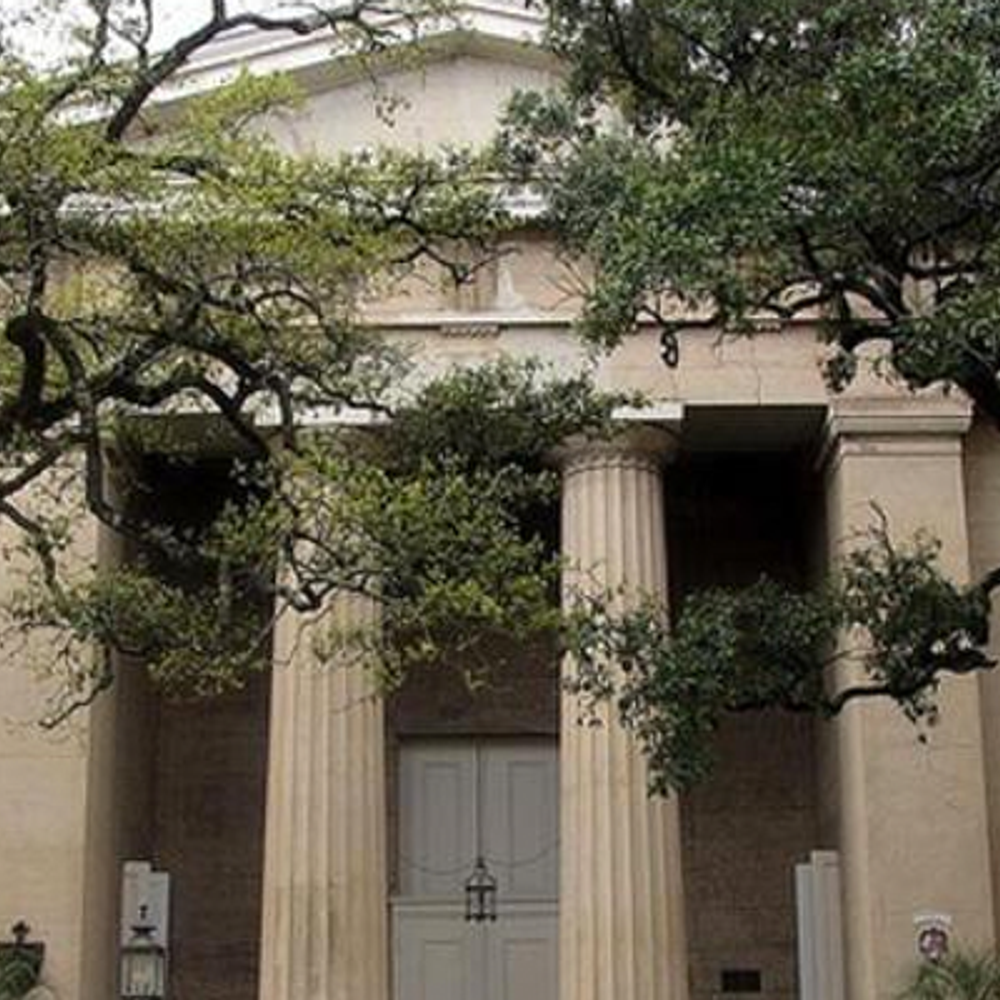
Lutheran: Grace Lutheran Church (Mobile)
The first Lutheran congregation in Alabama was established by Theodore Heischman in Mobile in 1867 under the name of the “Free German Evangelical Lutheran Congregation of Mobile.” Heischman saw the construction of a church building in August 1868, but when he left for California to raise funds, he was replaced by another minister. In 1897, the congregation voted to join the Lutheran Church-Missouri Synod.
The congregation moved to a new location on Government Street in 1953 and changed its name to Grace Lutheran Church.

To connect with the author of this story, or to comment, email will.blakely@1819news.com or find him on Twitter and Facebook.
Don’t miss out! Subscribe to our newsletter and get our top stories every weekday morning.










